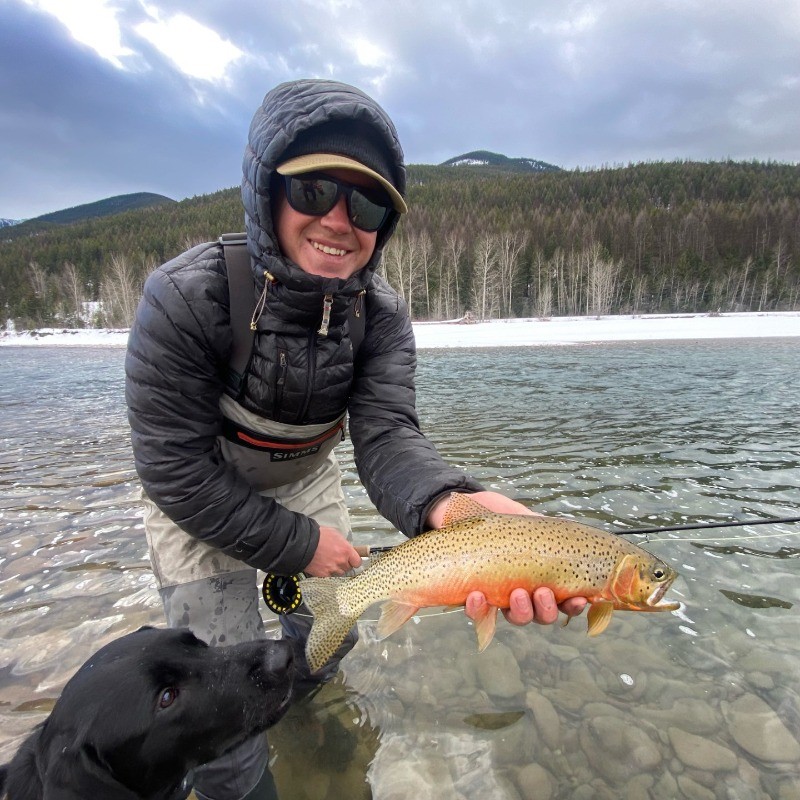Aaron Enriquez - Valuing Grizzly Bear Conservation and Viewing in the Greater Yellowstone Ecosystem
Aaron Enriquez
Biodiversity Graduate Student Research Enhancement Grant Awardee
Department of Economics
Graduate Advisor: Dr. Finnoff
Objective of the Project
Maintaining biodiversity requires effective conservation policies, and the design of such policies can be usefully informed by research on the benefits and damages of species of interest. Grizzly bears, which are currently listed as a threatened species by the U.S. Fish and Wildlife Service, are an iconic species in the Greater Yellowstone Ecosystem (GYE). An abundance of data are routinely collected on the damages caused by grizzly bears in the GYE, which include property damages, livestock depredations, and human injuries. Data on their benefits, on the other hand, is sparse. The proposed project, which is data-driven and economically-grounded, marks a step towards quantifying such benefits through the construction, administration, and analysis of an online nonmarket valuation survey. The survey aims to uncover both use values (e.g., viewing) and non-use values (e.g., conservation) associated with grizzly bears in the GYE.
Respondents will face choice questions in which they will have to choose whether or not to vote in favor of hypothetical grizzly bear management policies with different effects on:
- The average frequency of grizzly bear sightings by visitors in Yellowstone and Grand Teton National Park.
- The extinction probability of the GYE grizzly bear population.
- The average number of grizzly bear-human conflicts in the GYE.
Each hypothetical management policy is associated with a one-time cost that would have to be incurred by the respondent's household if the policy were implemented. Associating the changes in conditions with a cost is the key step required to quantify people’s average willingness to pay for different grizzly bear-related attributes.
The survey will be administered to roughly 2,500 residents in Wyoming, Montana, and Idaho in the summer of 2020. The sample will include people who visit the national parks of the GYE and people who do not. Further, the sample will include people who live within the boundary of the GYE and people who live outside the boundary. This will allow for analysis of whether average grizzly bear use and non-use values differ based on people’s recreational habits and residency status.
The survey data will be used to parameterize an underlying mathematical model with two stages: (1) a stage that estimates park visitors’ average demand for recreational trips to Yellowstone and Grand Teton National Park, and (2) a stage that estimates people’s average willingness to pay for each type of grizzly bear value. It will be possible to use the parameterized model to predict how future proposed grizzly bear management strategies would affect people’s welfare.
Share This Page

Research Highlights




